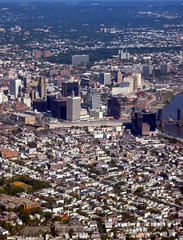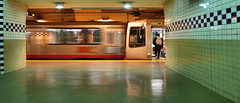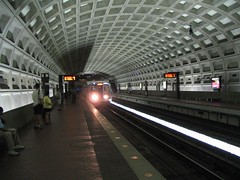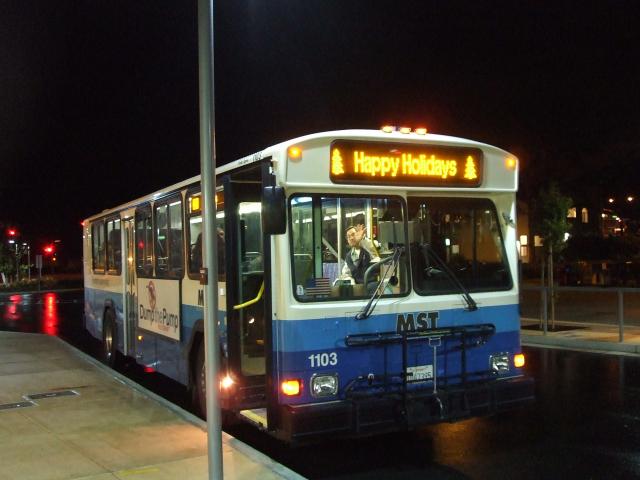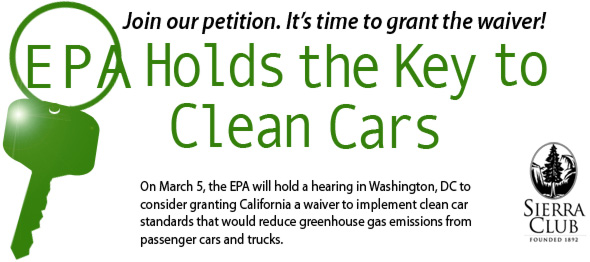Massachussets business leaders push for 25 cent gas tax hike
(Source: The Boston Globe)

(Photo Courtesy: Suzanne Kreiter/Globe Staff)
A group of five major Massachusetts business organizations said today that the state needs a 25 cent per gallon gas tax hike — higher than Governor Deval Patrick’s 19 cent proposal — to fix the state’s transportation system.
“The political stakes are high, but the leadership here is necessary,” said Paul Guzzi, president and CEO of the Greater Boston Chamber of Commerce.
Guzzi was joined at a press conference in downtown Boston by leaders from the Massachusetts Taxpayers Foundation, the Massachusetts Business Roundtable, A Better City, and NAIOP Massachusetts, a commercial real estate development association.
Comparing a transportation overhaul with the state’s new comprehensive healthcare law, they said the state faced a rare political opportunity to fix problems that have been simmering for more than a generation. A 25-cent increase in the gas tax would generate more than $600 million a year in taxes, the group estimated.
Click here to read the entire article.

